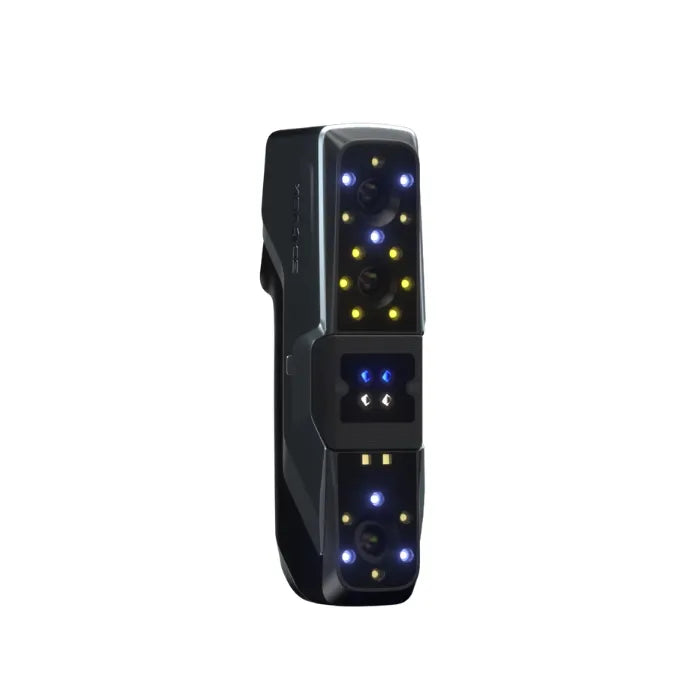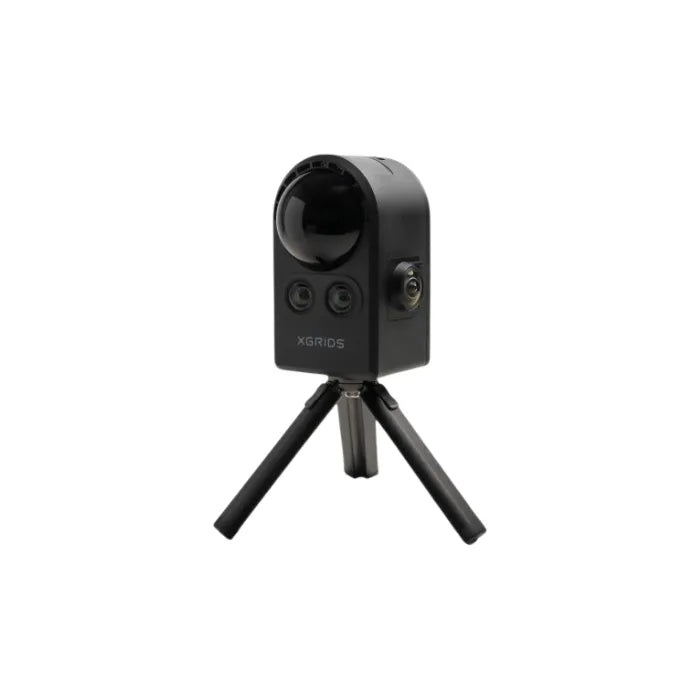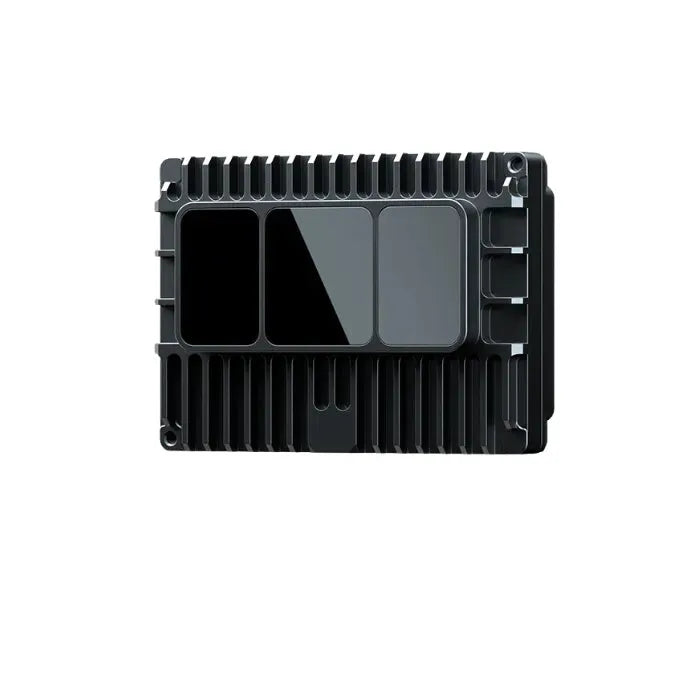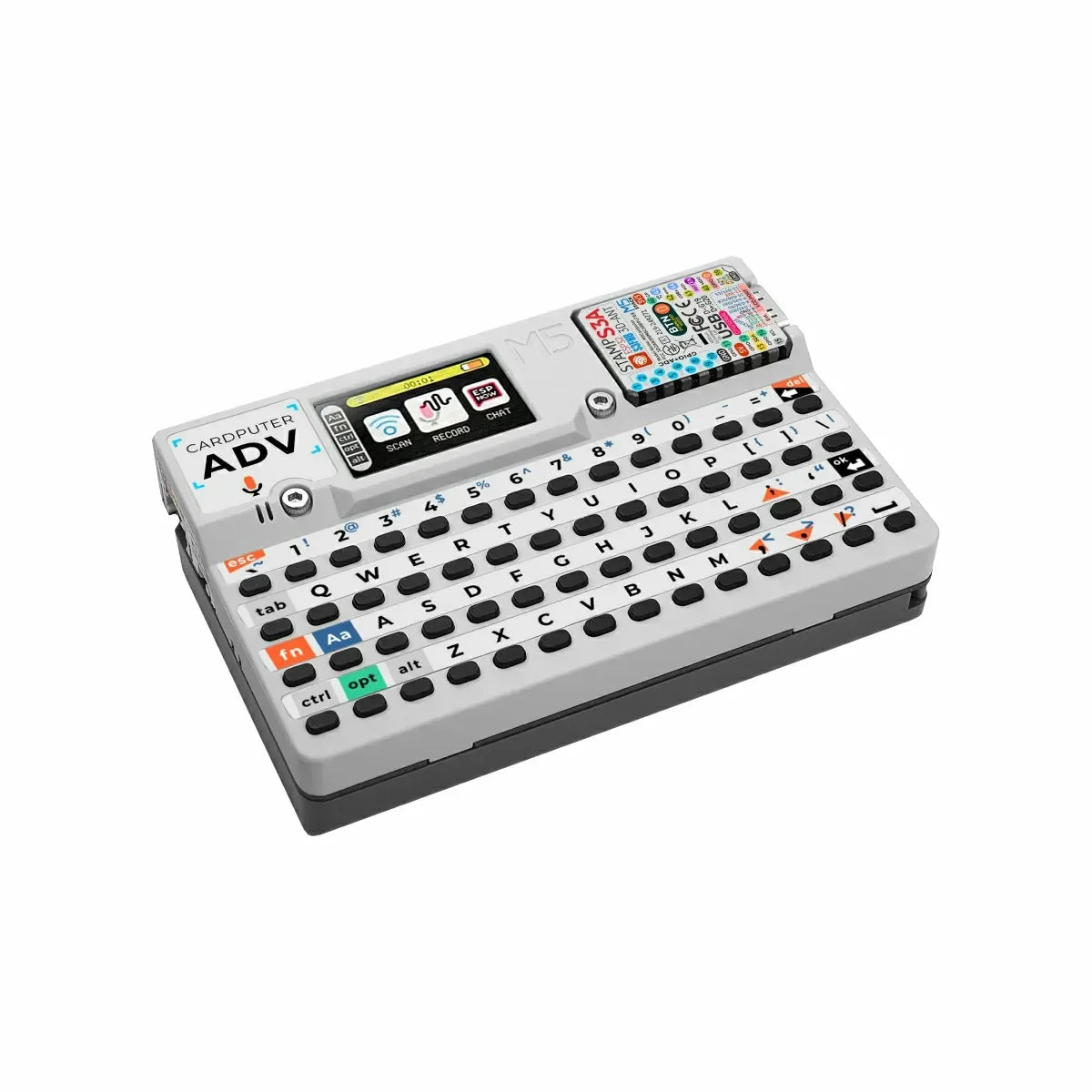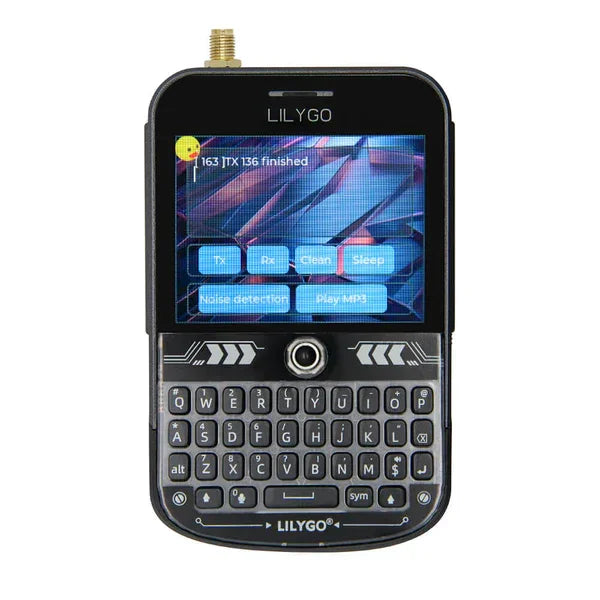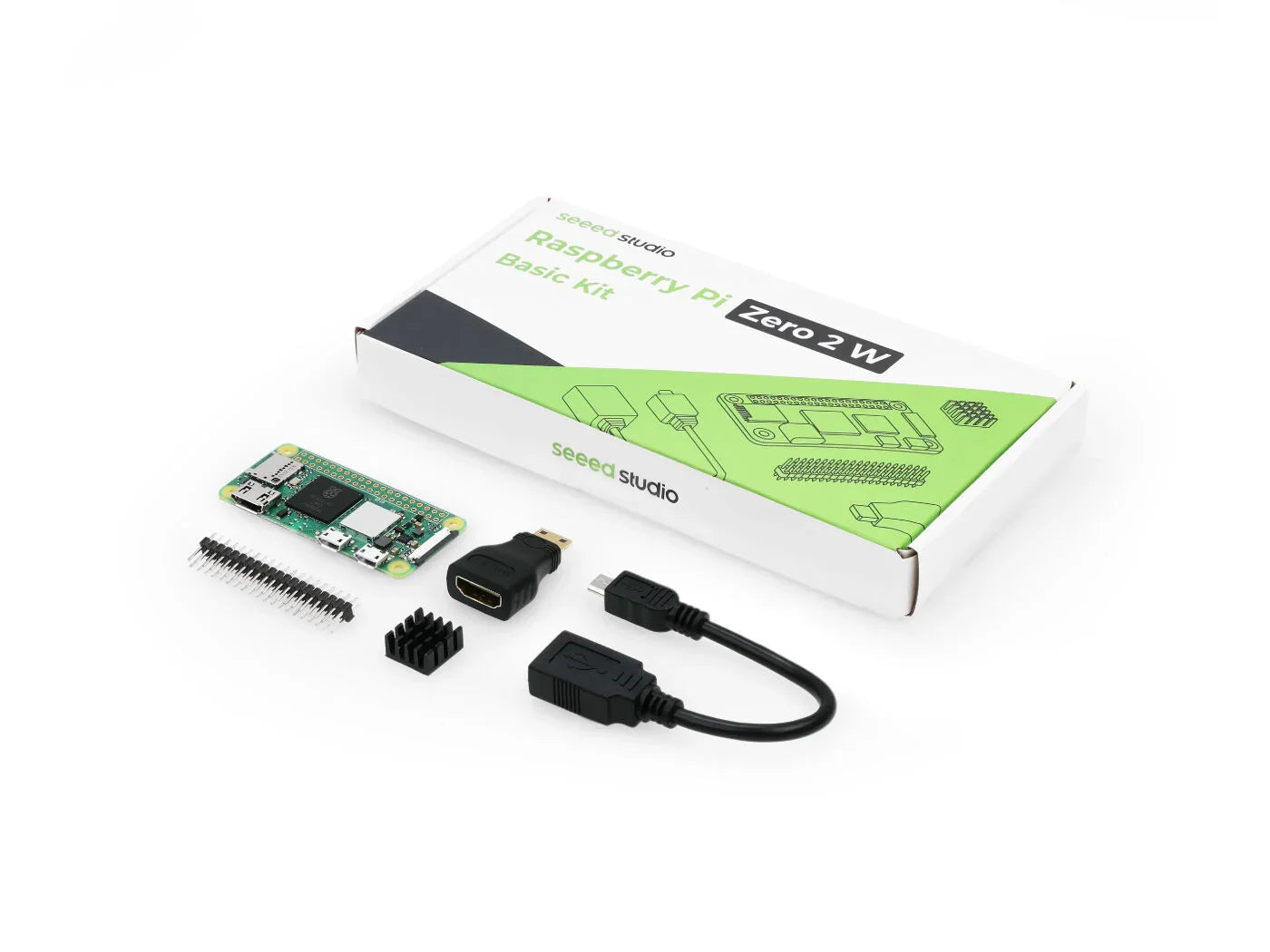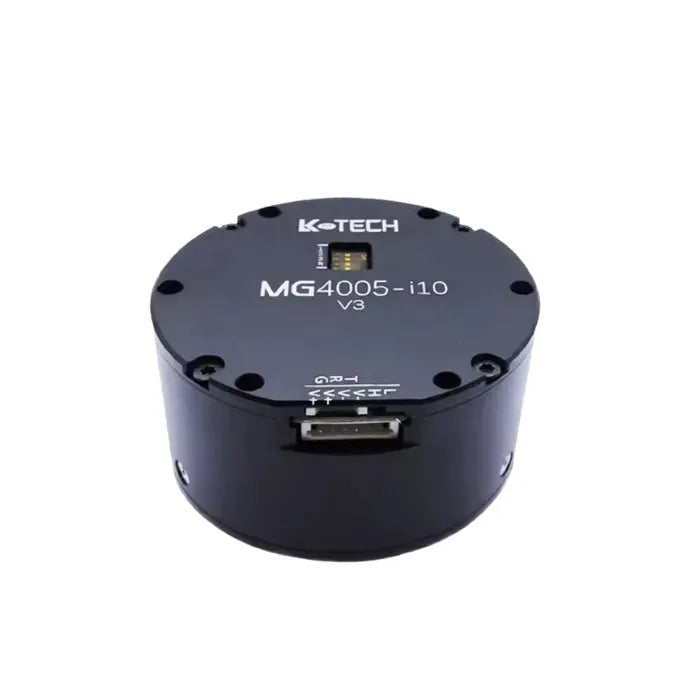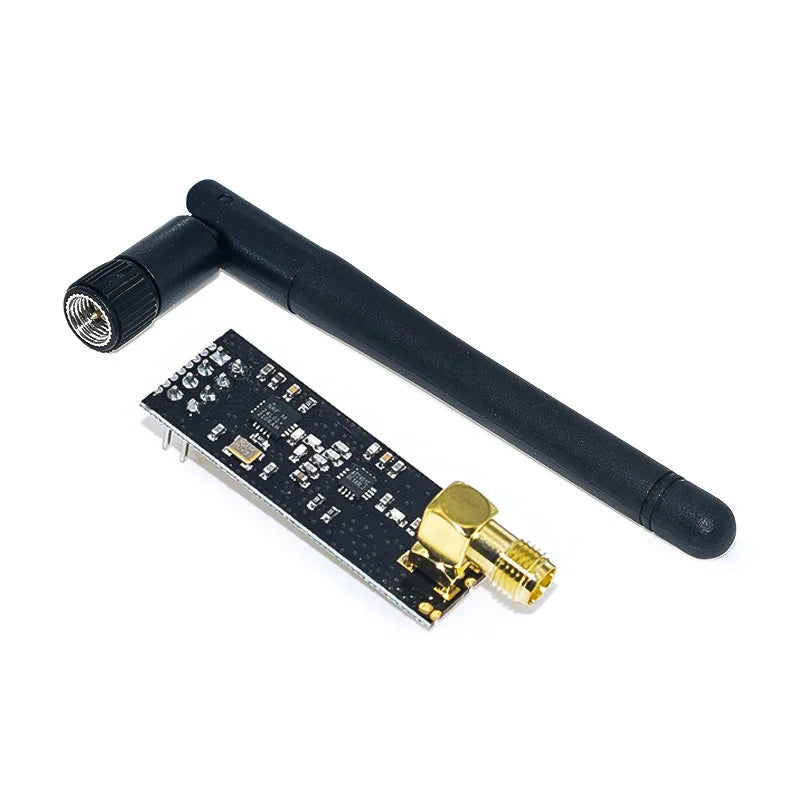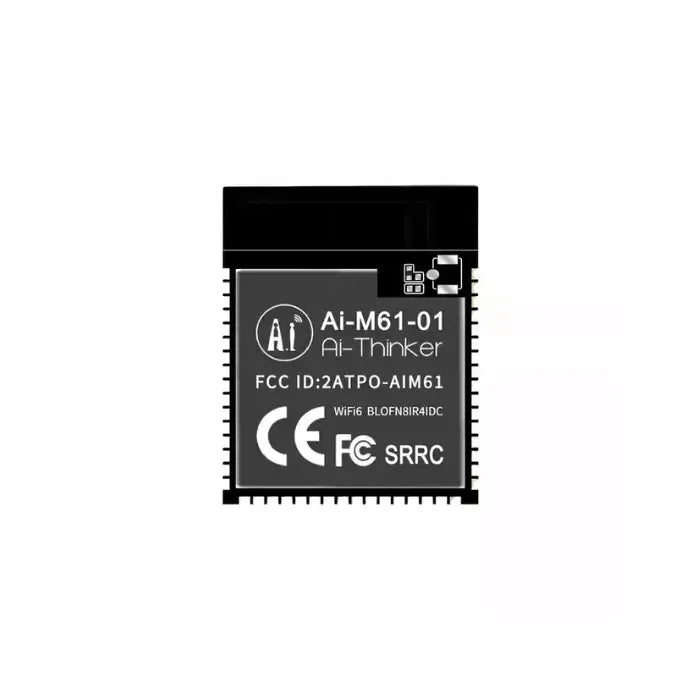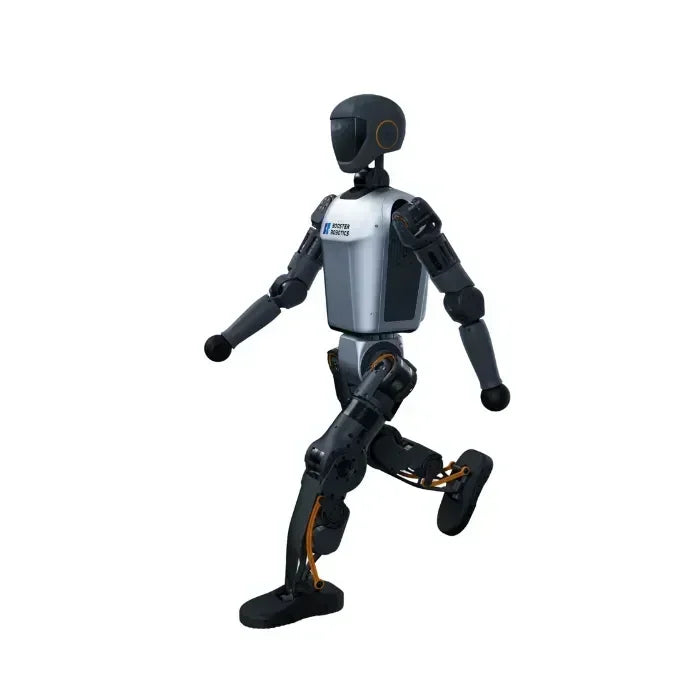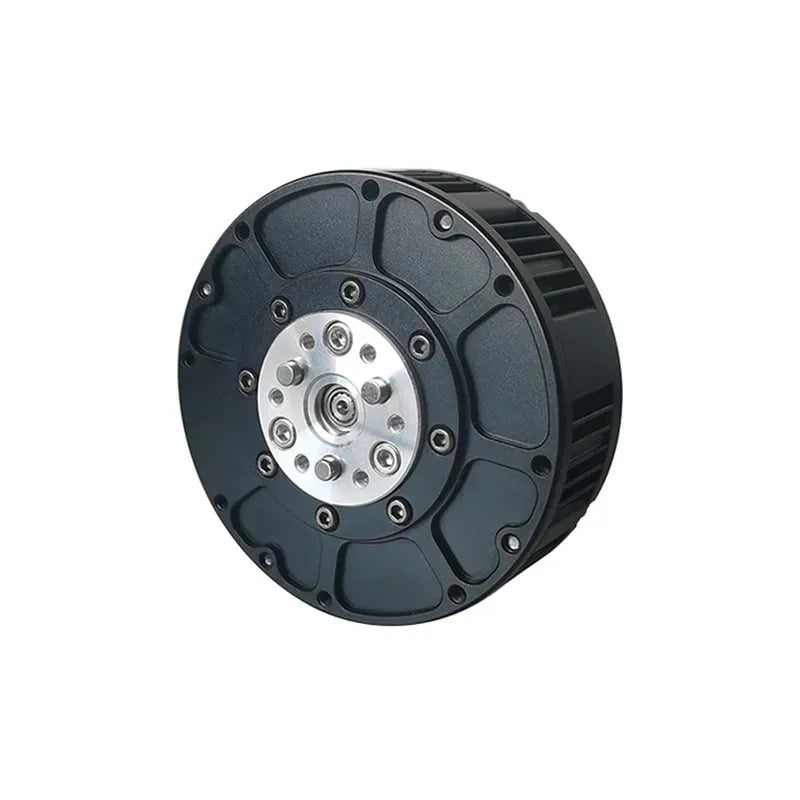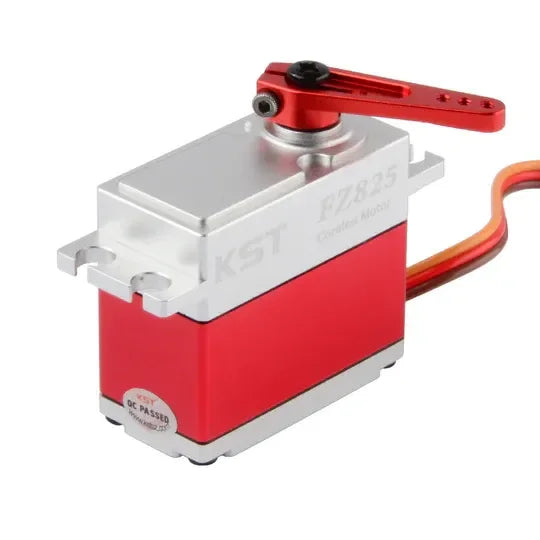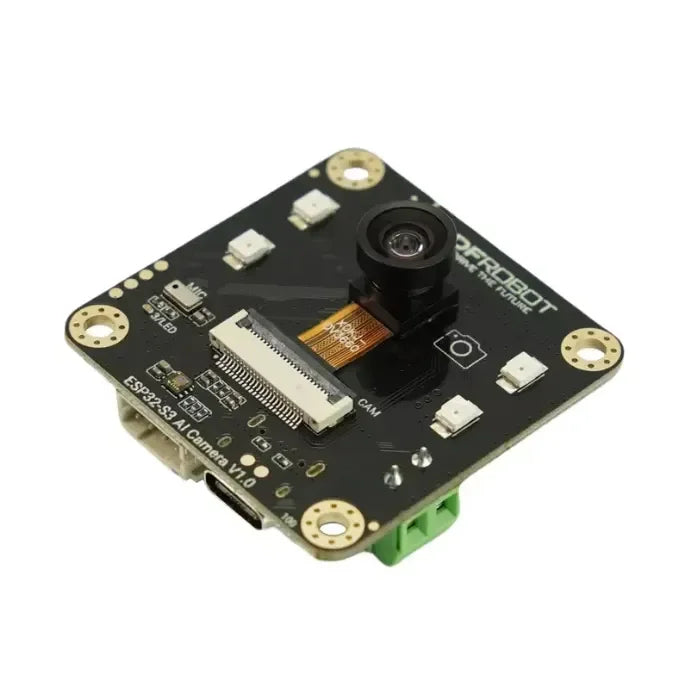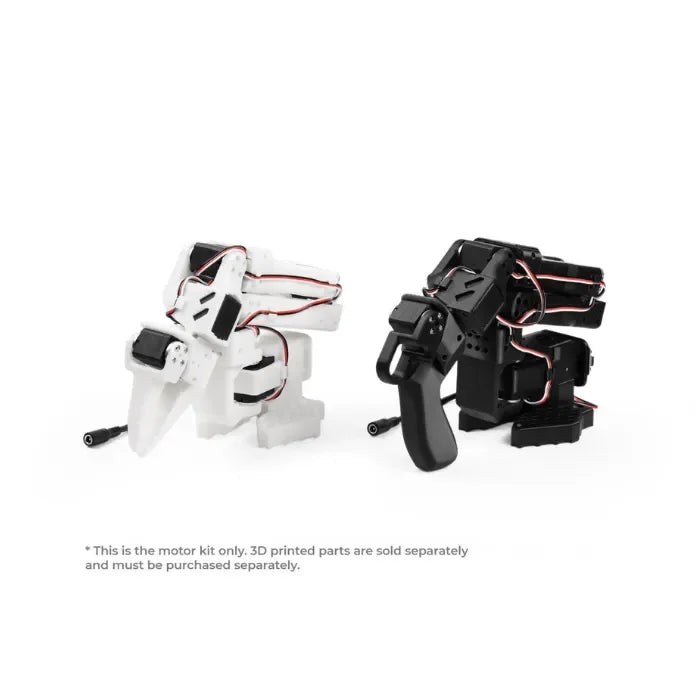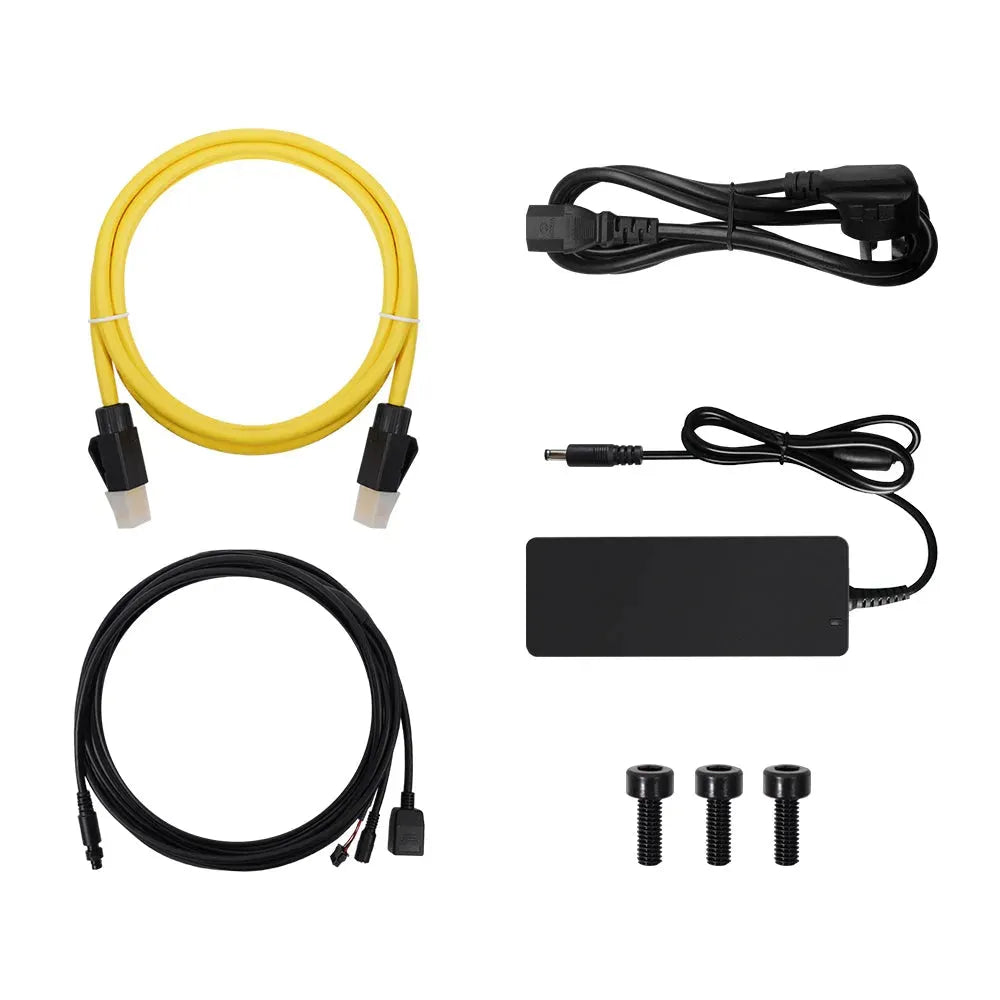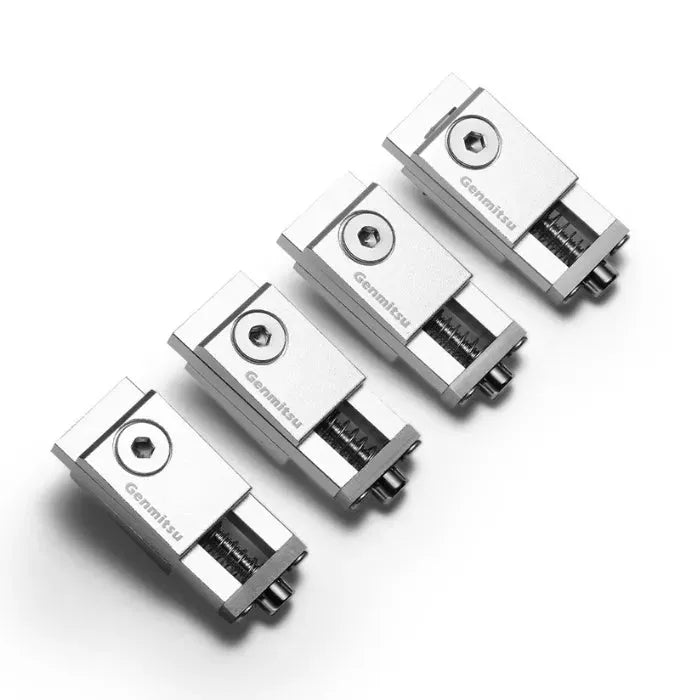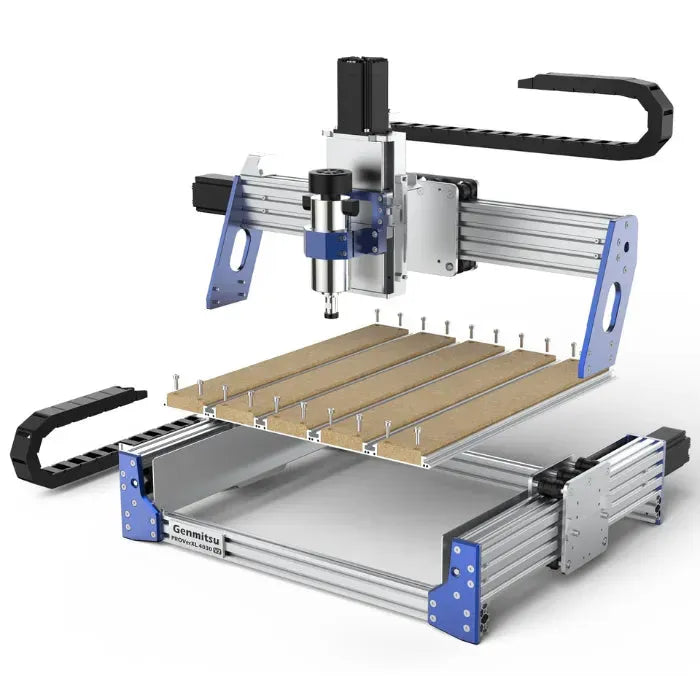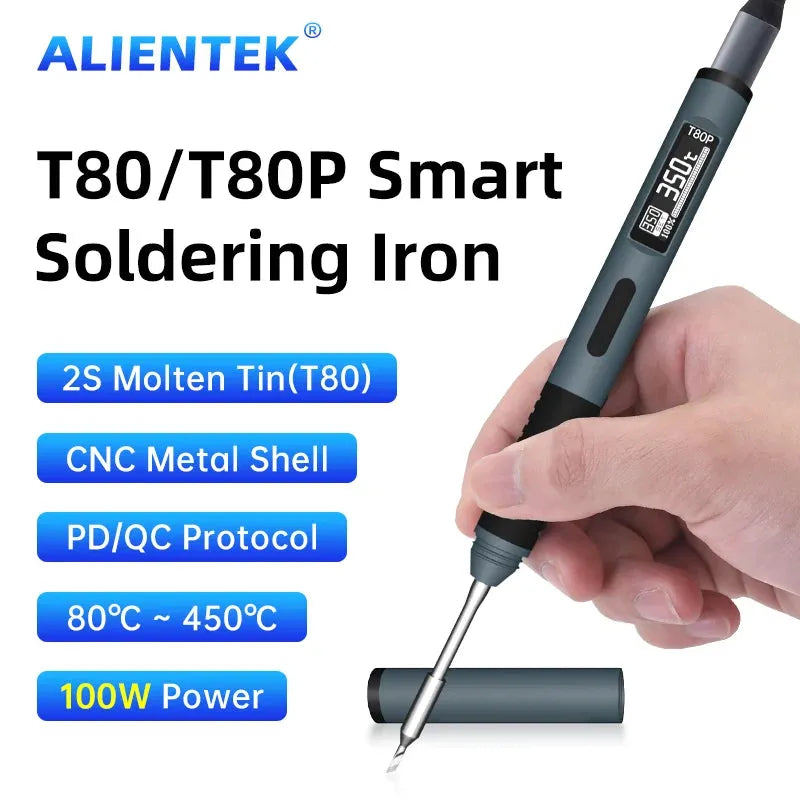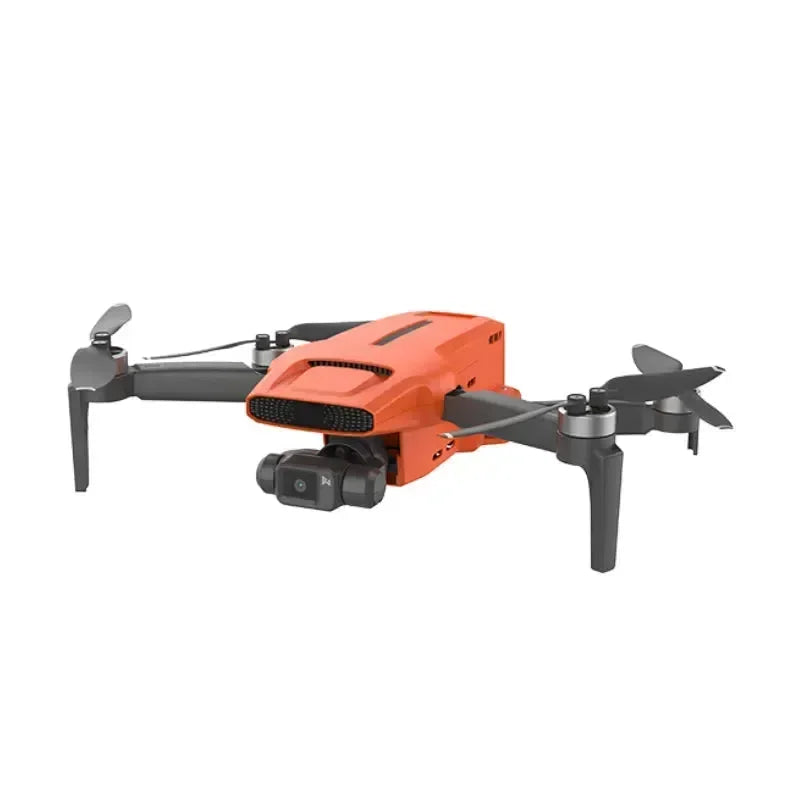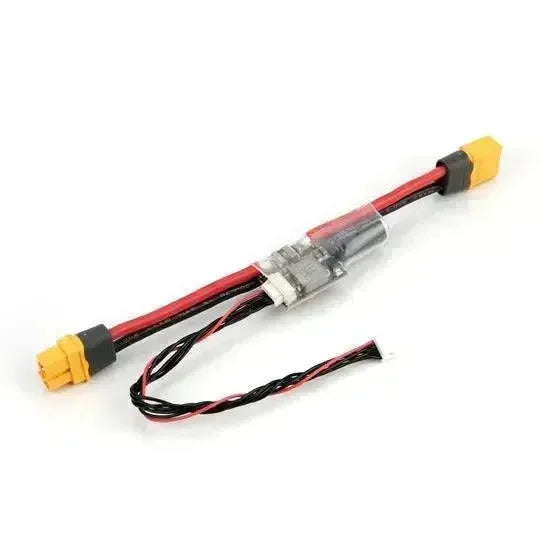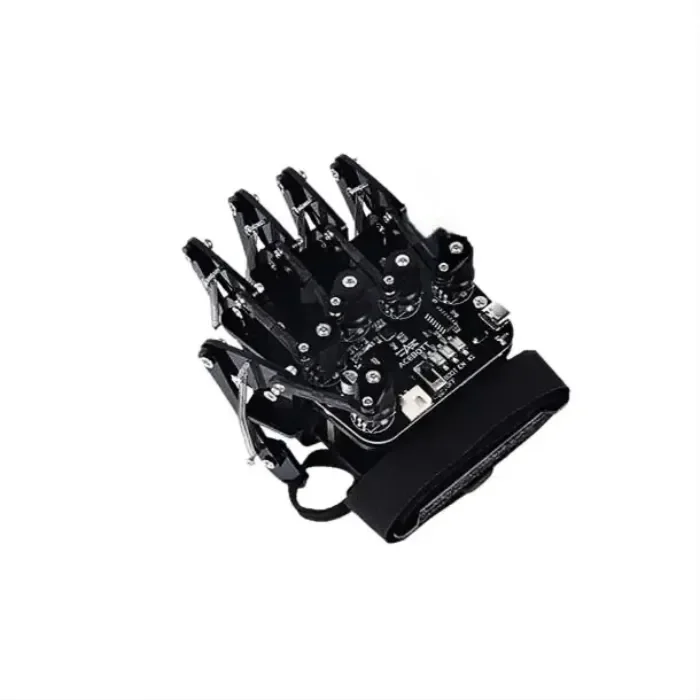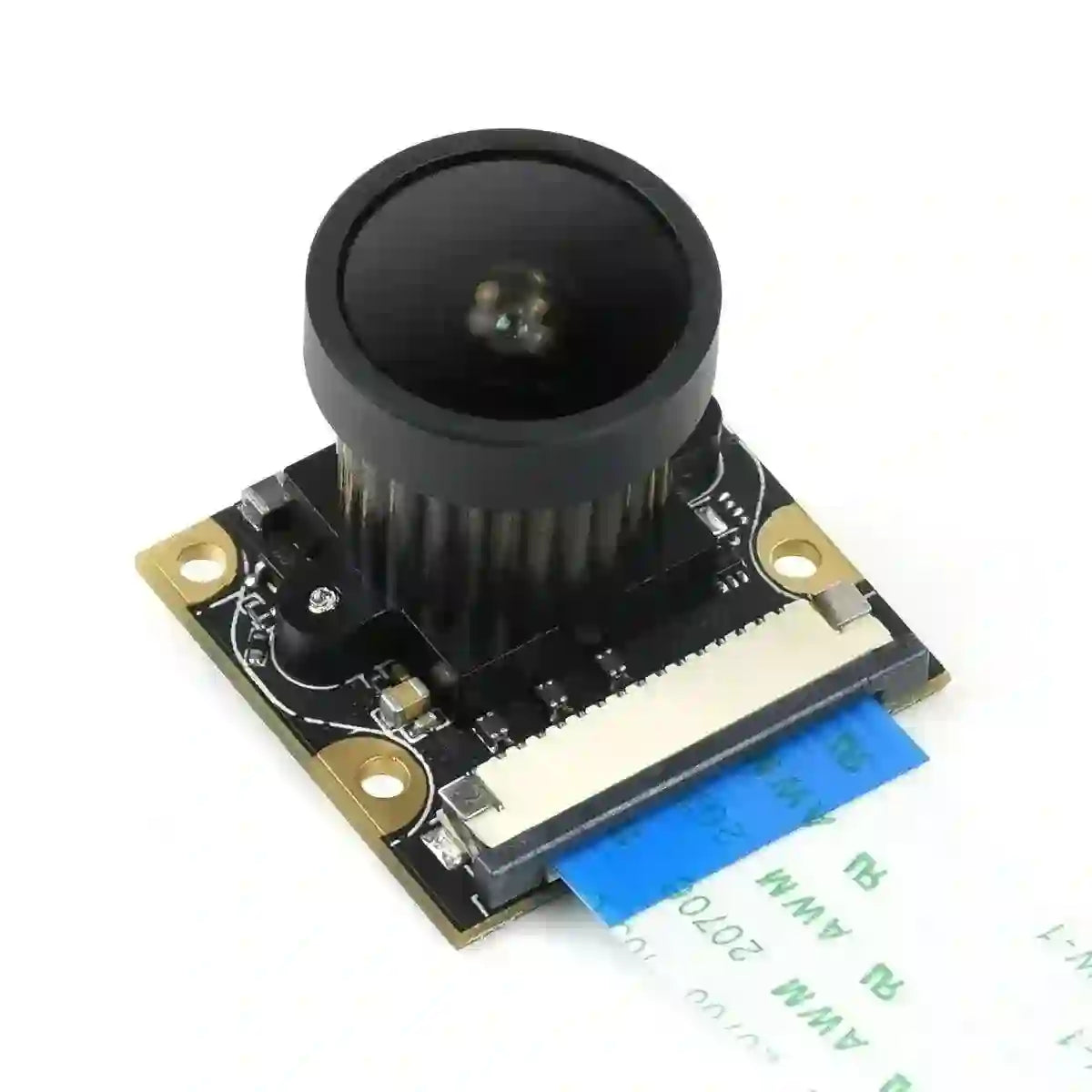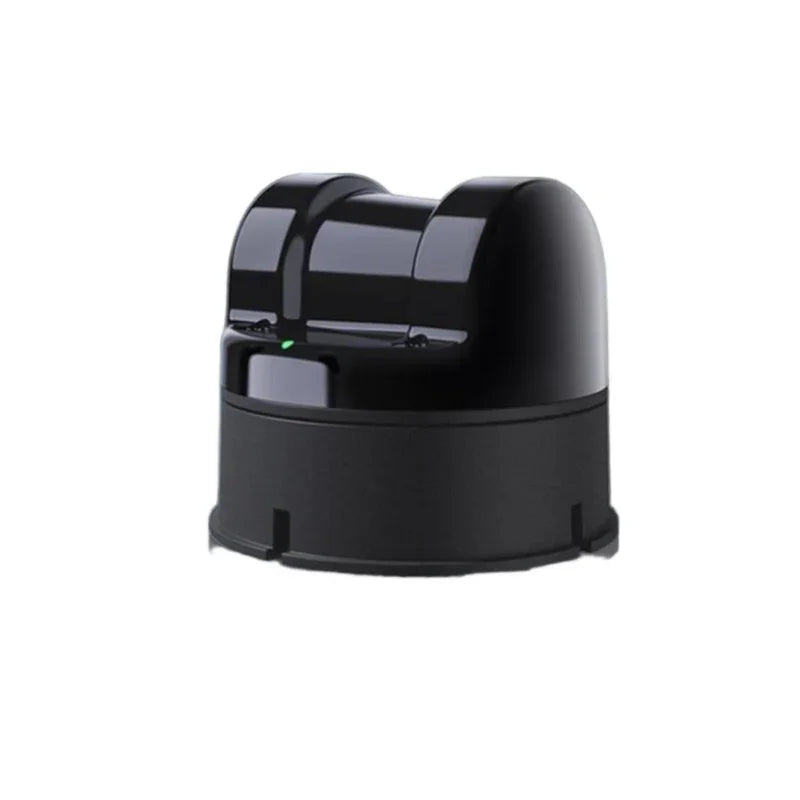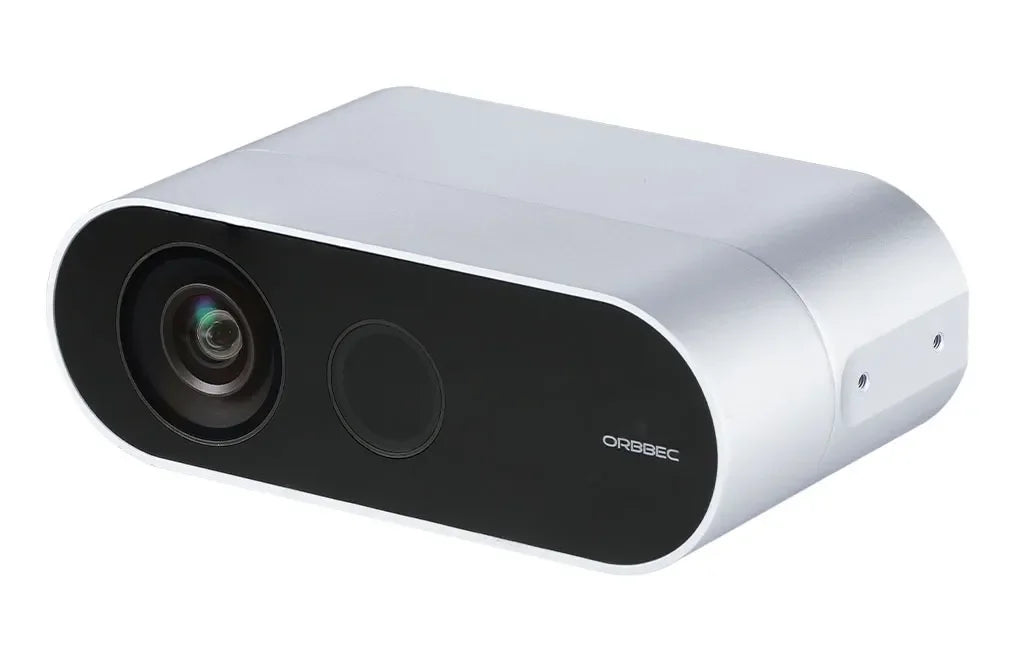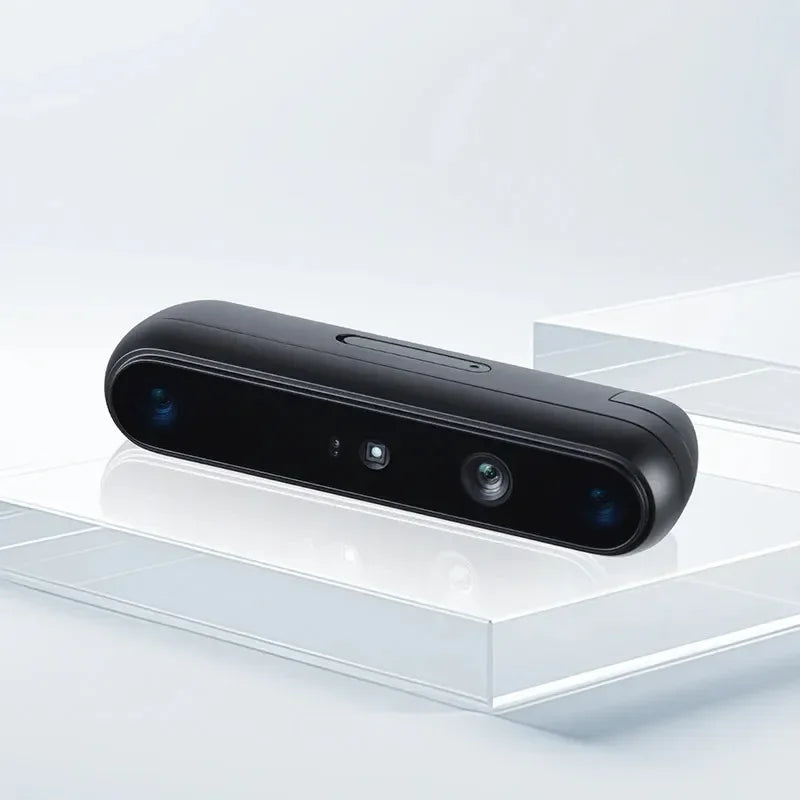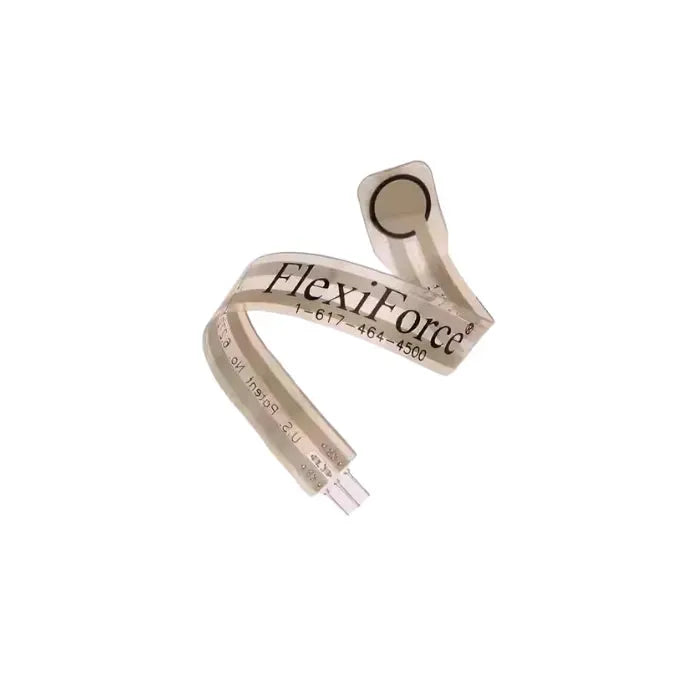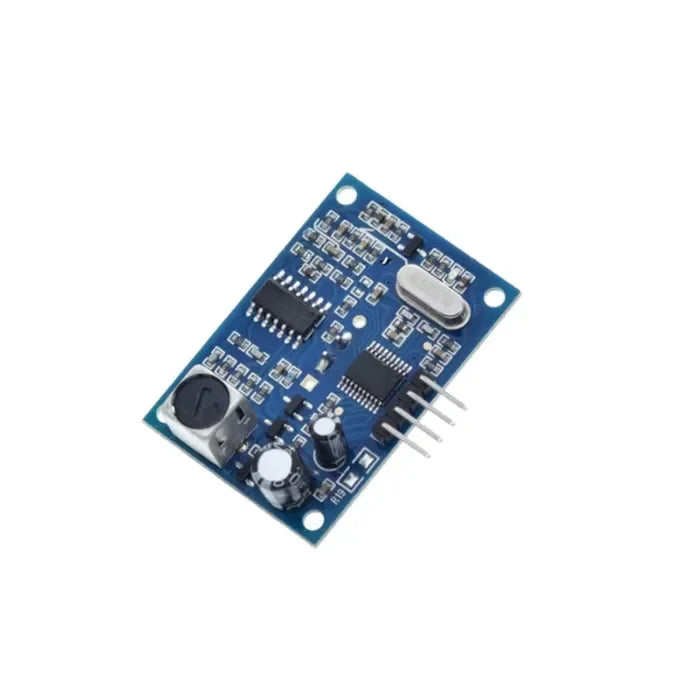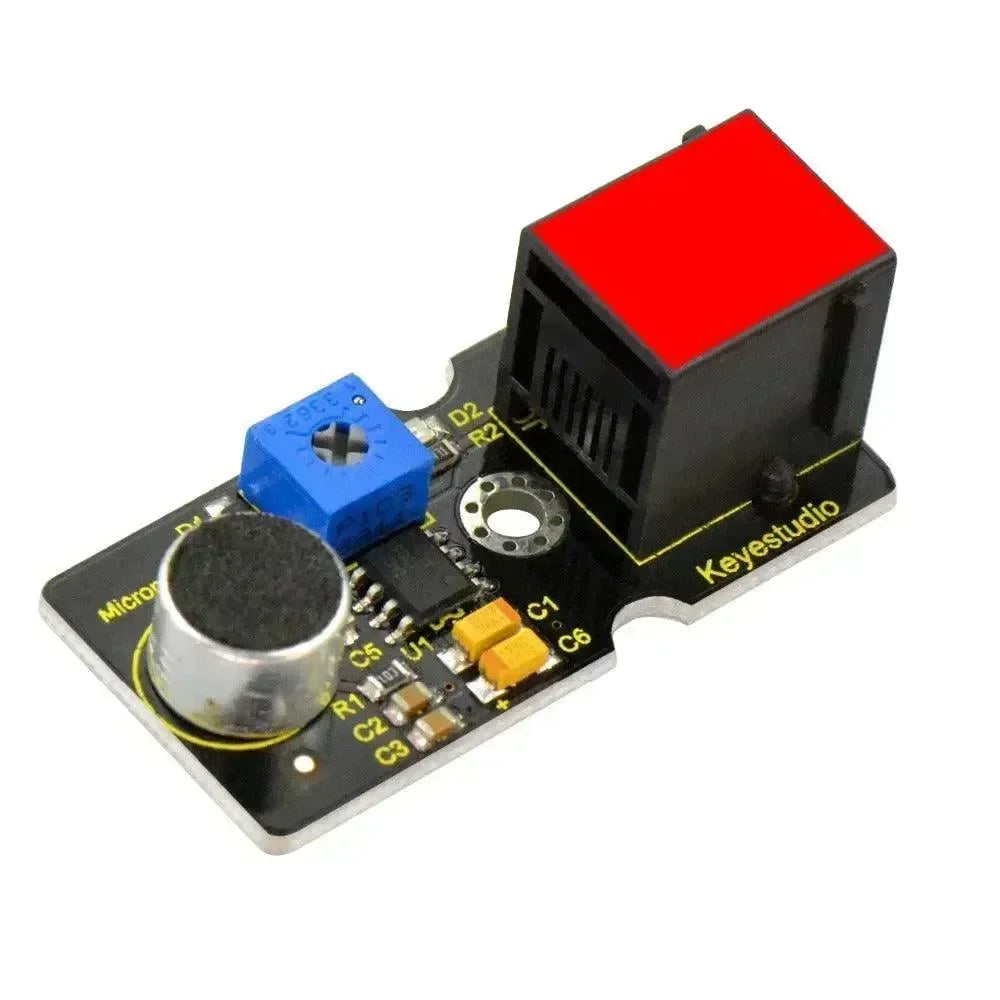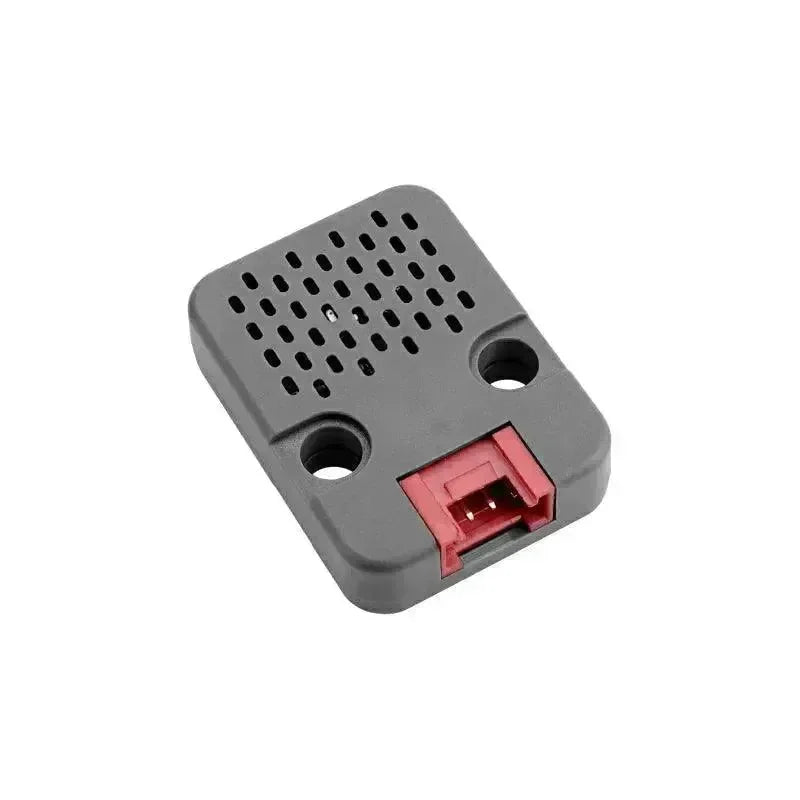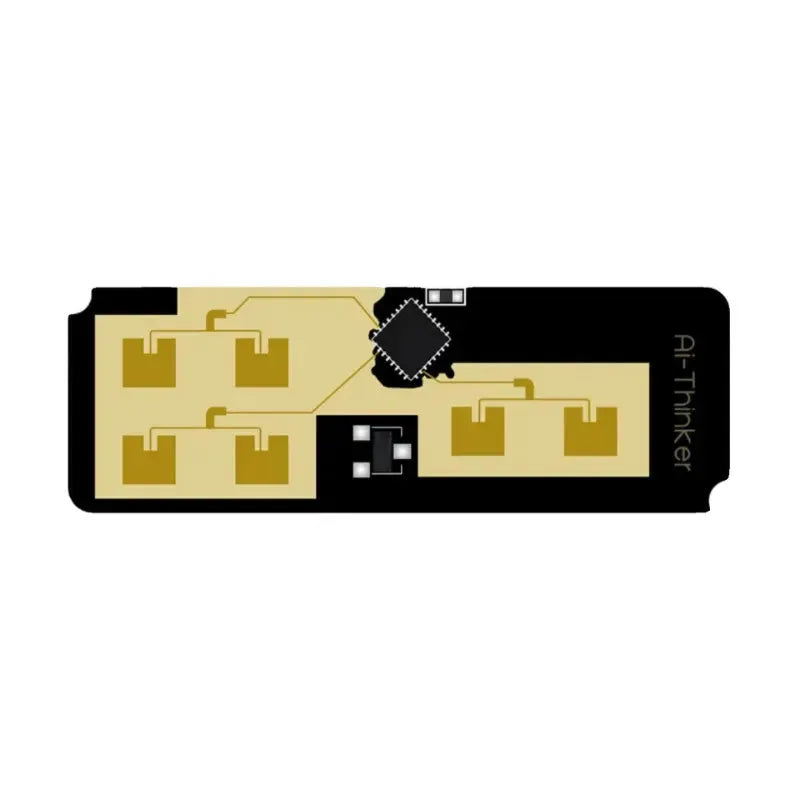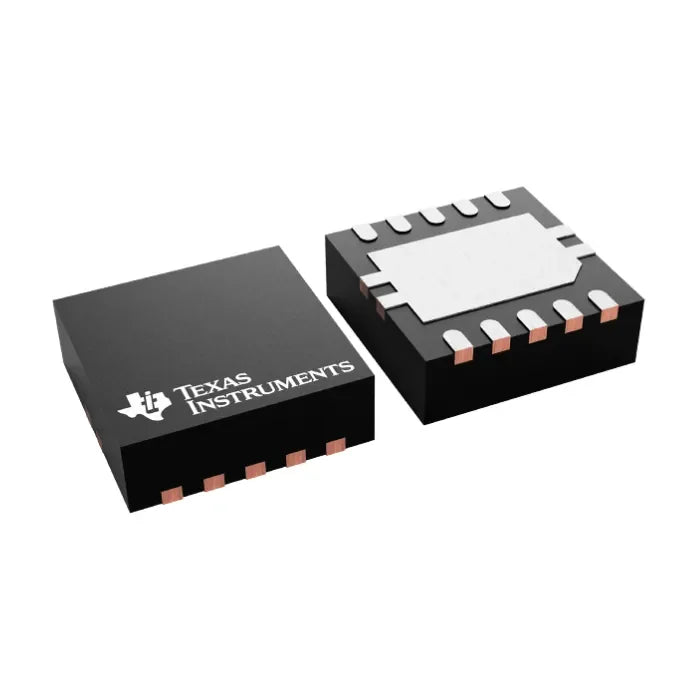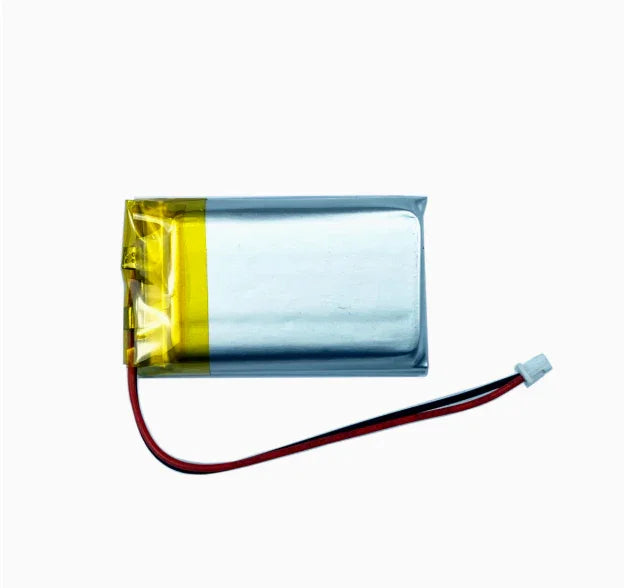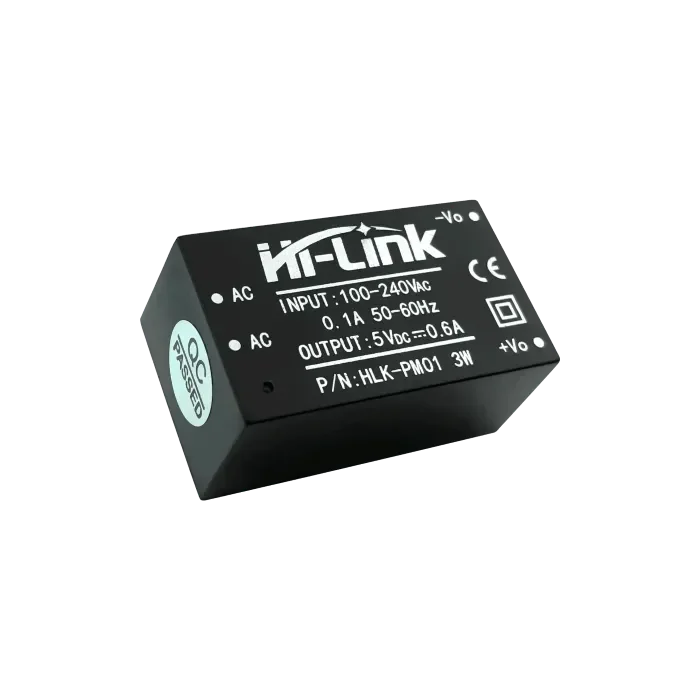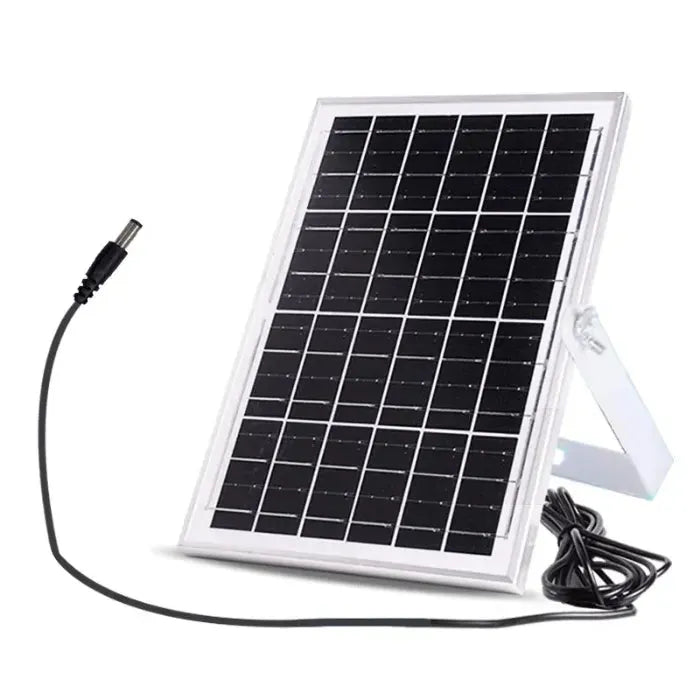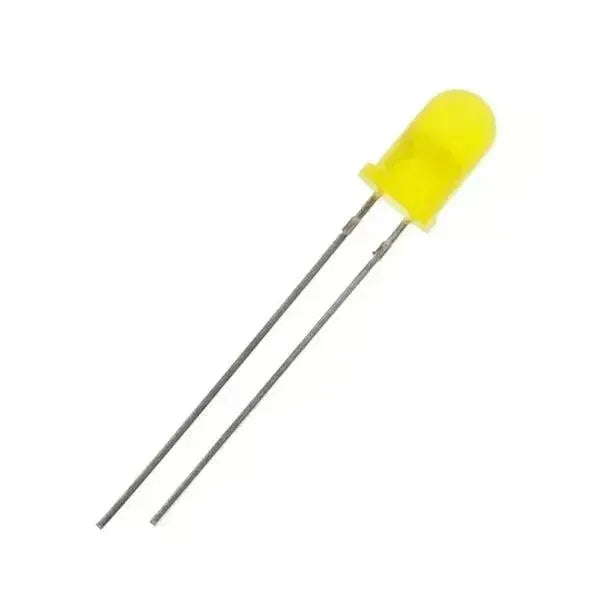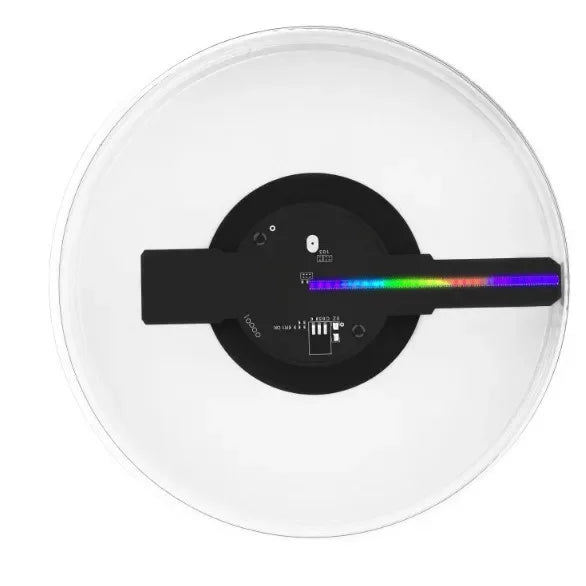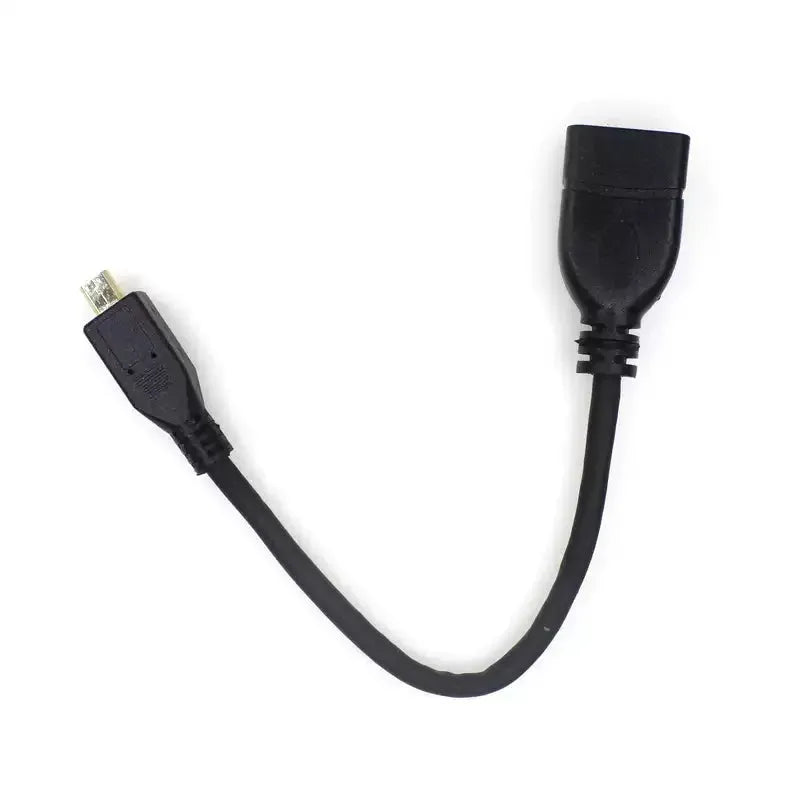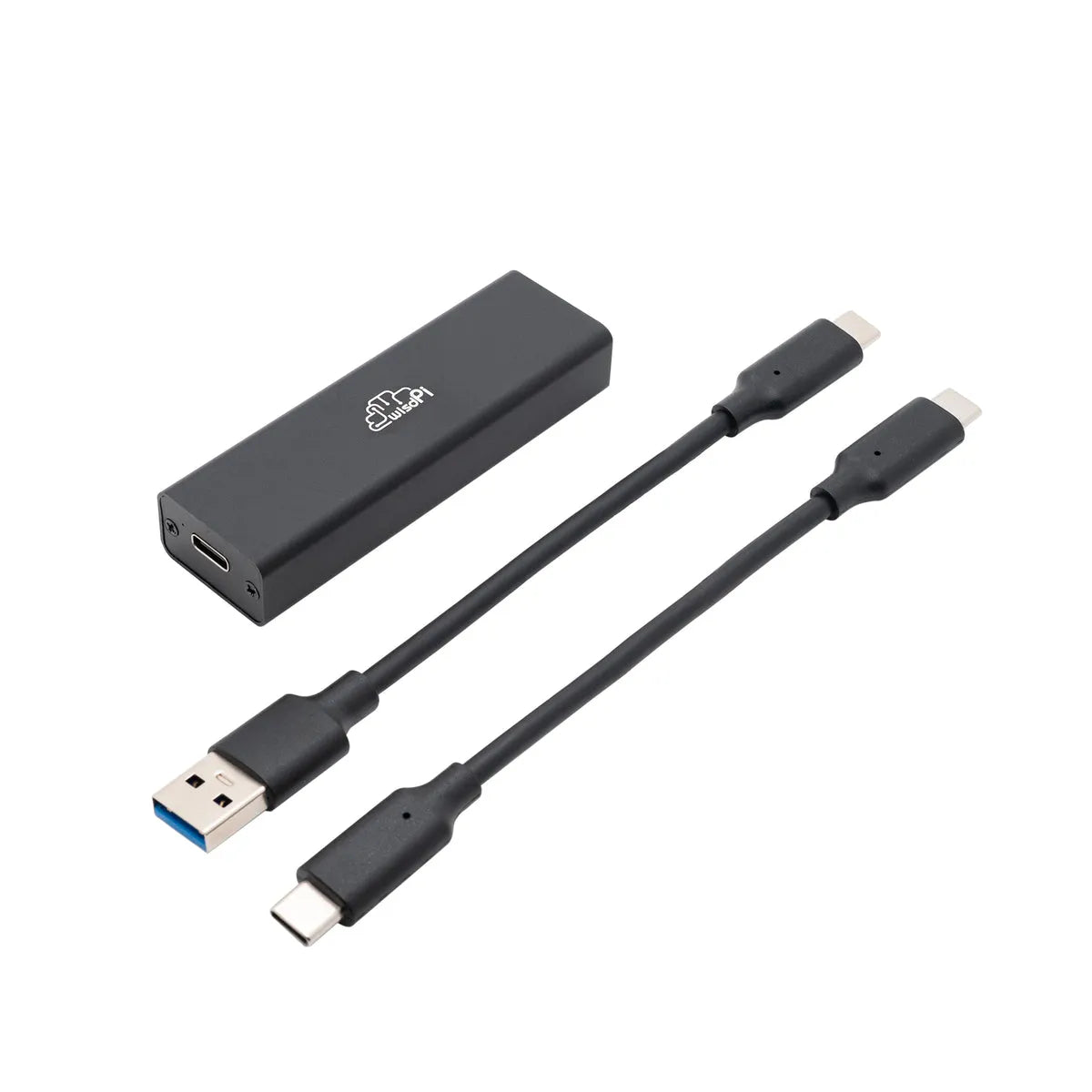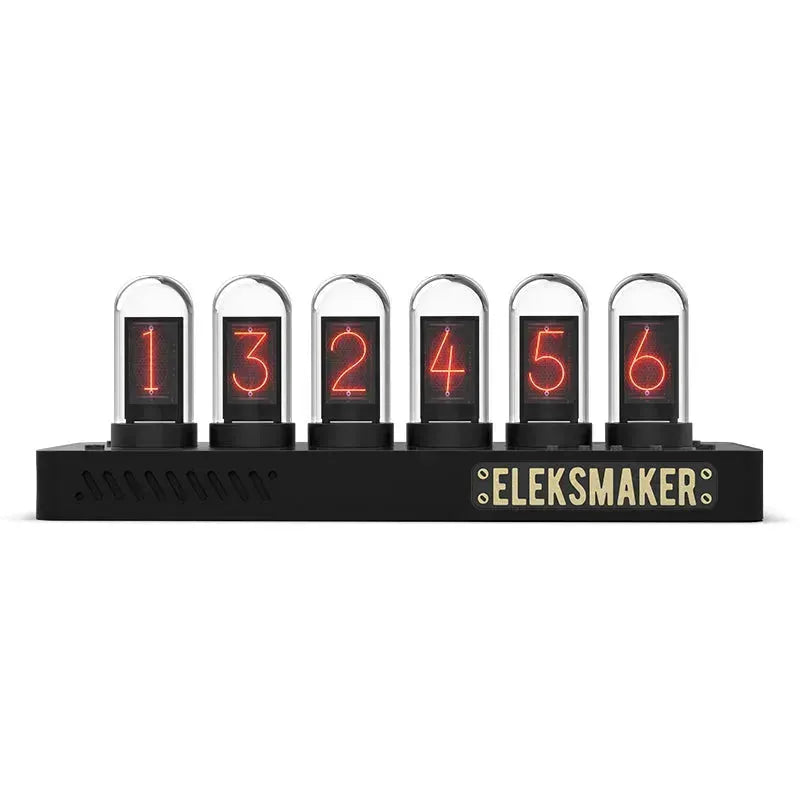L'impression 3D a révolutionné l'industrie manufacturière, permettant le prototypage rapide et la production personnalisée. Deux des technologies d'impression 3D les plus courantes sont la stéréolithographie (SLA) et le modélisation par dépôt de filament (FDM). Bien que les deux technologies construisent des objets tridimensionnels couche par couche, elles ont des caractéristiques et des applications différentes.
SLA (Stéréolithographie)
L'impression 3D SLA implique la polymérisation d'une résine photopolymère liquide résine à l'aide d'un laser haute puissance. Le faisceau laser solidifie sélectivement la résine couche par couche, construisant ainsi le modèle 3D. Ce processus aboutit à des pièces très précises et détaillées avec des surfaces lisses.
Les avantages de SLA:
-
Haute précision : SLA produit des pièces avec une finition de surface exceptionnelle et des détails fins.
-
Solide et durable : Les pièces en résine durcie sont souvent solides et durables.
-
Large gamme de matériaux : Il existe différentes résines photopolymères disponibles, permettant d'obtenir différentes propriétés et couleurs.
Inconvénients de SLA:
-
Coût élevé : La résine et l'équipement peuvent être coûteux.
-
Post-traitement : Les pièces nécessitent un nettoyage, un durcissement, et le retrait des supports.
-
Volume de construction limité : Le volume de construction des imprimantes SLA est souvent plus petit par rapport aux imprimantes FDM.

FDM (Modélisation par Dépôt de Filament)
FDM impression 3D extrude un filament continu de matériau thermoplastique, tel que l'ABS ou le PLA, couche par couche. L'extrudeuse chauffée fait fondre le filament et le dépose sur la plateforme de construction.
Les avantages de FDM:
-
Coût inférieur : Les imprimantes FDM et les matériaux sont généralement plus abordables.
-
Large éventail de matériaux : Une vaste gamme de filaments thermoplastiques est disponible.
-
Volume d'impression plus grand : Les imprimantes FDM peuvent produire des pièces plus grandes.
Inconvénients de FDM:
-
Précision inférieure : Les pièces FDM ont une apparence plus striée et peuvent nécessiter un ponçage ou une finition supplémentaires.
-
Adhésion des couches plus faible : Les couches dans les pièces FDM peuvent parfois se délaminer sous contrainte.

Affrontement
| Caractéristiques | FDM (Modélisation par Dépôt de Filament) | SLA (Stéréolithographie) |
| Processus | Filament extrudé chauffé couche par couche | Durcit la résine liquide avec un laser |
| matériels | Filaments thermoplastiques (PLA, ABS, etc.) | Résines photopolymères |
| Finition de surface | Apparence en couches, lignes de couches visibles | Lisse, haute résolution |
| Détail et précision | Détails inférieurs, moins précis | Détails élevés, très précis |
| Volume de construction | Généralement plus grand | Souvent plus petit |
| Coût | Équipements et matériaux plus abordables | Équipements et matériaux plus coûteux |
| Post-traitement | Support de retrait, ponçage, lissage | Support de retrait, lavage, durcissement |
| Force | Généralement plus résistant, en particulier avec des filaments de qualité technique. | Peut varier en fonction de la résine, souvent moins résistant que le FDM. |
| Applications | Prototypes fonctionnels, gabarits et dispositifs, pièces plus grandes | Modèles détaillés, bijoux, modèles dentaires, pièces complexes |
Choisir la bonne technologie
Le choix entre SLA et FDM dépend des exigences spécifiques du projet. SLA est idéal pour les applications qui nécessitent une haute précision, des caractéristiques détaillées et des surfaces lisses, telles que les bijoux, les modèles dentaires et les prototypes de produits de consommation. FDM est bien adapté pour les prototypes fonctionnels, les gabarits et les dispositifs, ainsi que pour les pièces nécessitant un volume de construction plus important.
Facteurs clés à considérer lors du choix d'une technologie :
-
Précision des pièces et finition de surface
-
Propriétés matérielles
-
Construire du volume
-
Coût
-
Exigences de post-traitement
En comprenant les forces et les limites à la fois de la SLA et de la FDM, vous pouvez prendre une décision éclairée pour vos projets d'impression 3D.
Voulez-vous que je me concentre sur un aspect spécifique de SLA et FDM, ou peut-être fournir des informations plus détaillées sur un sujet particulier ?
Voici quelques sujets supplémentaires que nous pourrions explorer :
-
Comparaisons de matériaux
-
Techniques de post-traitement
-
Applications dans différentes industries
-
Technologies émergentes
Résumé
FDM (Modélisation par Dépôt de Filament) et SLA (Stéréolithographie) sont deux technologies d'impression 3D prominentes avec des caractéristiques distinctes. FDM utilise un extrudeur chauffé pour déposer du filament fondu couche par couche, ce qui donne des pièces avec une apparence en couches et généralement une précision inférieure. SLA, en revanche, utilise un laser pour solidifier de la résine liquide, produisant des pièces très précises et détaillées avec des surfaces lisses. Bien que FDM soit généralement plus abordable et offre des volumes de construction plus grands, SLA excelle dans les applications nécessitant des détails complexes et des finitions de haute qualité.
Vous aimerez peut-être aussi

